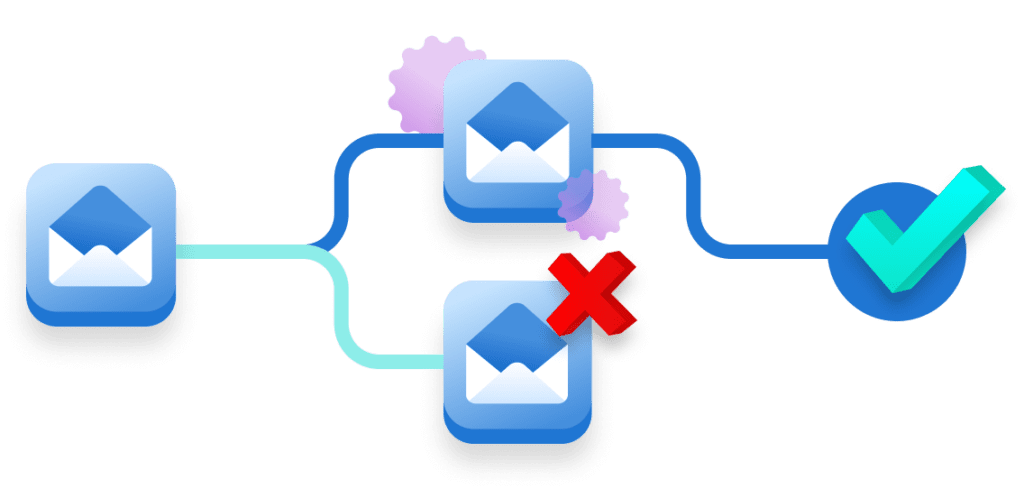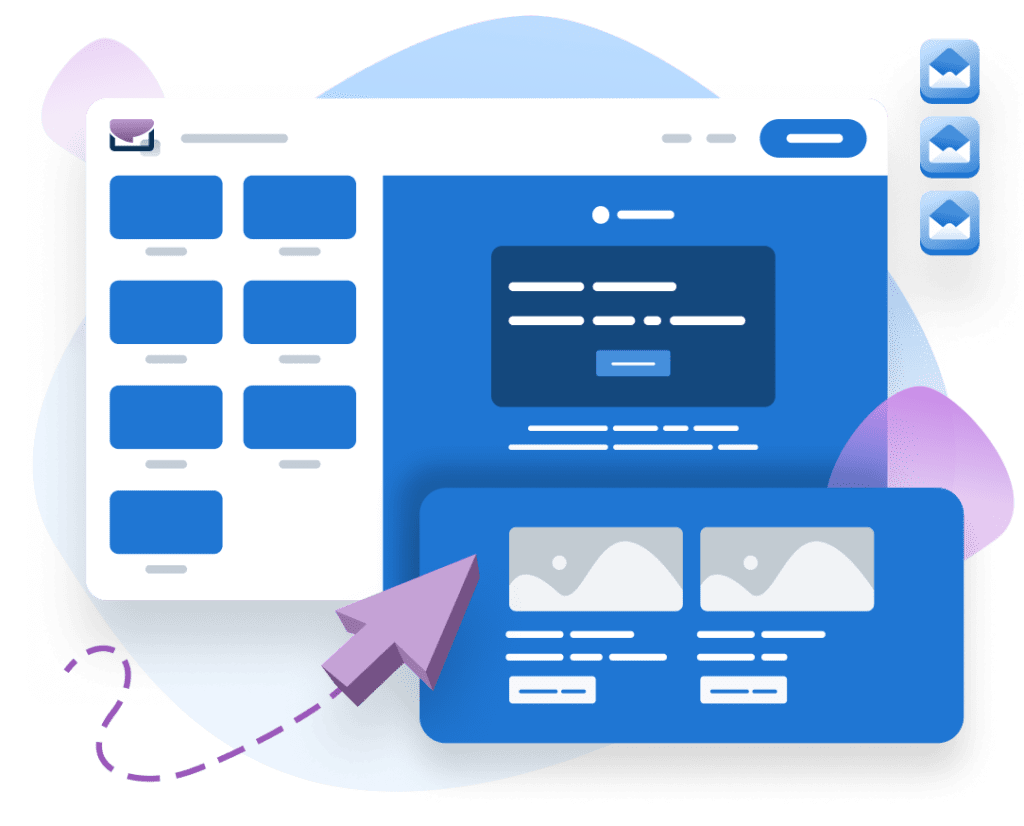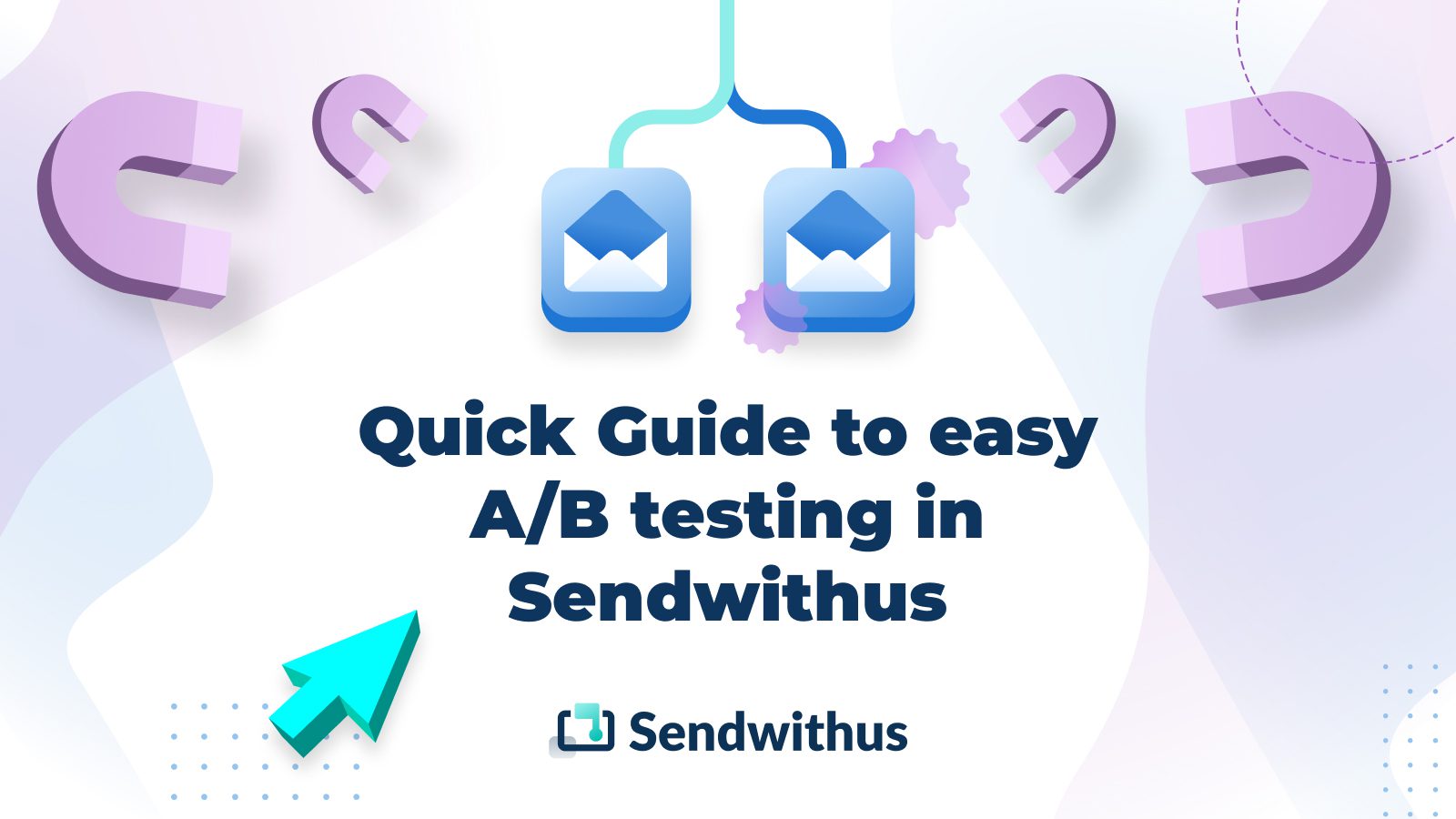A/B testing is a powerful tool to determine which message resonates most with your audience. Using A/B testing allows marketers to make data-driven decisions about their email campaigns, optimizing elements like subject lines, content, design, and send times to improve overall performance and engagement. And research shows that companies that A/B test every email see email marketing returns that are up to 37% higher than those of brands that never include A/B tests.

To launch your next A/B test, create two variations of an email with one different element in each to compare how they perform with metrics like open rates, click-through rates, or conversions. The best way to do this is with a tool that will send a campaign for you and display analytics. Then, can make decisions quickly about which version to move forward with from the results. Sendwithus customers will tell you that the results can help you to increase clicks and lead to more conversions on your next campaign.
Here are our tips for creating your next impactful A/B test to get insight into winning tactics.
1. Define a Clear Hypothesis
Before starting an A/B test, establish a specific hypothesis. For example, "Using a personalized subject line will increase open rates by 10%." This gives your test a direction and helps you interpret results to boost your future campaigns. Not sure what to test? Start with a KPI your team is working on. It could be as simple as improving open rates, or increasing sales. What could you test in an email to improve that KPI?
2. Only Test One Variable at a Time
To get accurate results, change only one element between your A and B versions. This could be the subject line, email content, call-to-action button, or send time. The keyword here is specific! Changing multiple variables simultaneously makes it difficult to determine which change influenced the outcome. And make the change small, so that you can easily attribute the results of the test to that single, small change.
3. Ensure Statistical Significance
Don't rush to conclusions based on small sample sizes. Use an A/B test calculator to determine the minimum sample size you need for statistically significant results. This helps avoid making decisions based on random chance rather than true performance differences. And keep in mind that your test may need to run for a longer time to get reliable results.
By focusing on these three key recommendations, you'll be well-equipped to run effective A/B tests that provide valuable insights for optimizing your email campaigns.
Sendwithus can help with your next experiment and collect detailed analytics to help you determine the winning version and reach more of your subscribers! Teams in Sendwithus have been running tests for a decade to help optimize business performance. Your team can be next!
Need help setting up an A/B test? Contact our professional services pros for support today.


